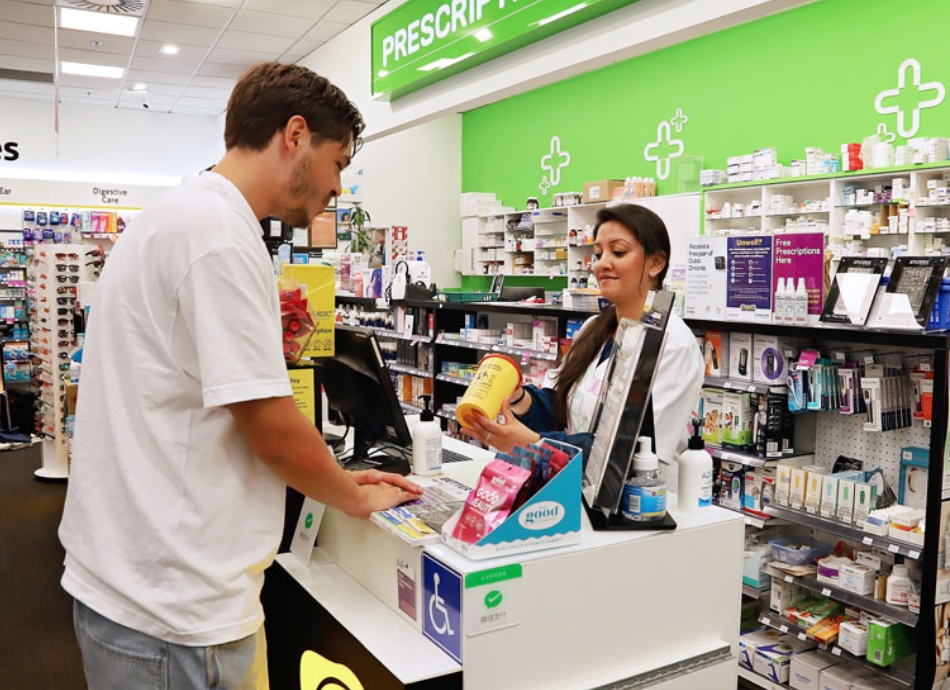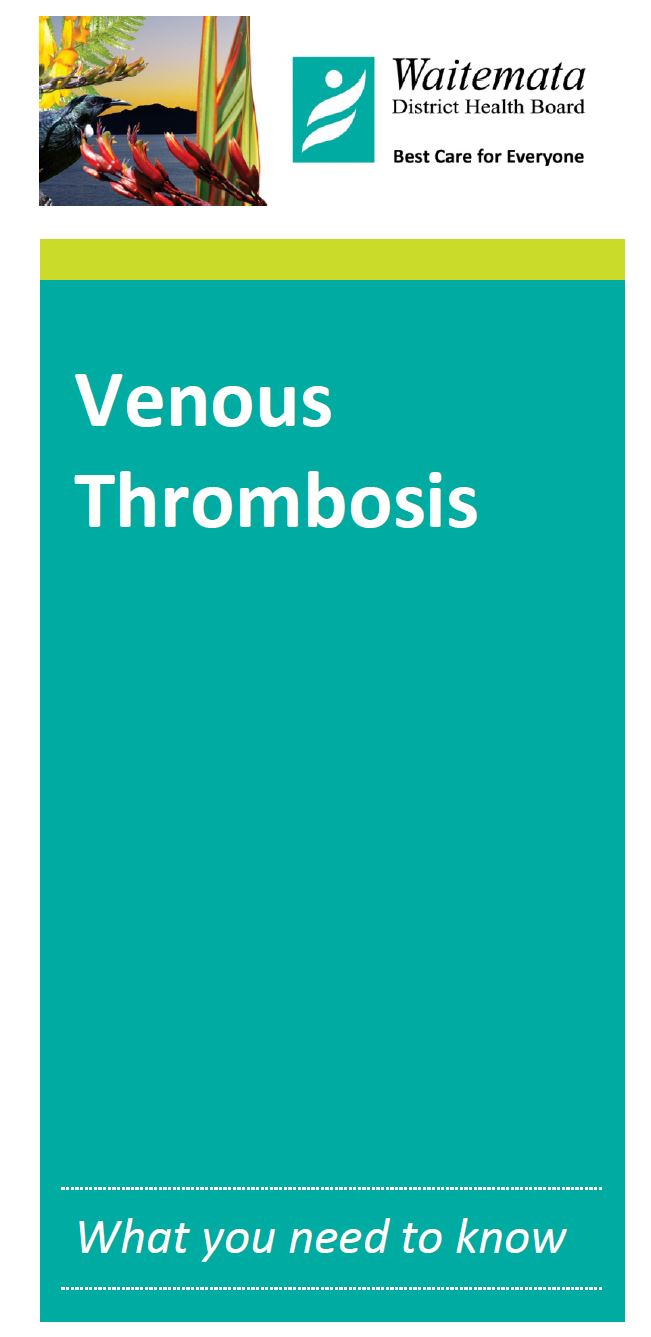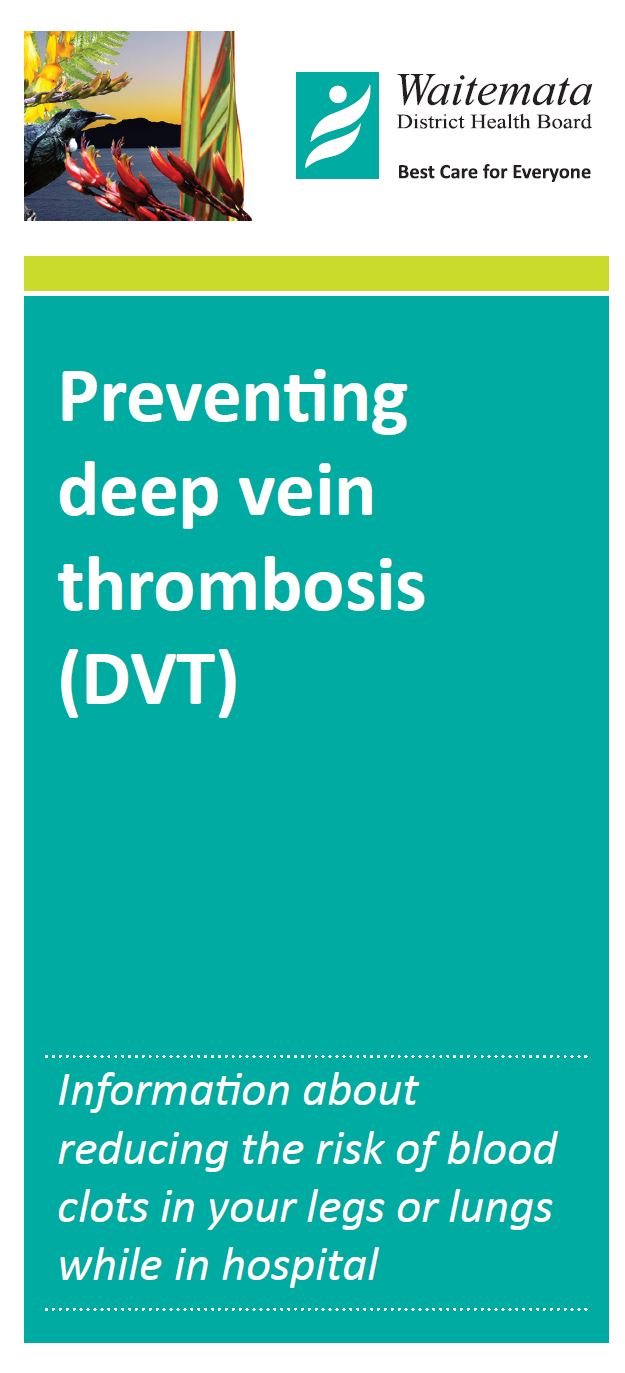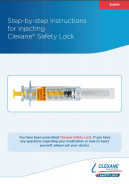Clexane®
Also called enoxaparin
Key points about enoxaparin
- Clexane® is an anticoagulant. It's used to treat and prevent blood clots, which can block your blood vessels.
- Clexane is also called enoxaparin.
- Find out how it's given and possible side effects.

Clexane® is an anticoagulant. Anticoagulants are often referred to as ‘blood thinners’ but they actually work by interrupting the clot–forming process and increasing the time it takes for blood clots to form. This helps prevent blood clots from forming and stops existing clots from growing bigger.
Clexane is often prescribed after operations (eg, hip or knee surgery, or abdominal surgery) when your risk of getting blood clots is increased. Clexane is also used if a blood clot has already formed in your heart (heart attack), leg (deep vein thrombosis) or lungs (pulmonary embolism).
Clexane is given as an injection under your skin. It comes as a pre-filled syringe, which means the syringe comes all ready for use with the medicine in it.
The dose of Clexane is different for different people, depending on its use, your body weight and how well your kidneys are working. Your doctor will work out the best dose for you. The dose is usually given once or twice daily.
Clexane is given as an injection just under your skin (called subcutaneous injection).

If you're not sure about how to inject Clexane, ask your healthcare provider to show you.
Video: How to inject Clexane at home
If you click on the arrow below, you can watch 2 videos, one for the Clexane device with safety lock and one for the old Clexane device without a safety lock.
If you can't inject Clexane yourself, ask a family/whānau member or somebody you live with to learn how to give you the injection. If this isn't possible, your doctor may be able to arrange for a nurse to give you the injections in your home, or for you to go to a clinic.
Here are some things to know when you're using Clexane. Other things may be important as well, so ask your healthcare provider what you should know about.
- Other medicines: Clexane should not be taken with some other medicines and herbal supplements. Tell your doctor or pharmacist about all medicines you are taking (including over-the-counter medicines), herbal and complementary medicines, or recreational drugs. Your doctor or pharmacist will check for any interactions. The following may increase your risk of bleeding and should be avoided:
- over-the-counter anti-inflammatories such as diclofenac (eg, Voltaren Rapid), ibuprofen (eg, Nurofen) or naproxen (eg, Naprogesic)
- herbal extracts, eg, garlic, ginkgo or ginseng.
- Dose: Your healthcare provider will teach you how to measure your dose. You may need to use all of the syringe or you may need to discard some first. You may notice an air bubble in the syringe. This is supposed to be there. Don't try to remove it.
- Timing: Inject your Clexane dose at the same time each day.
- Injection site: Change injection sites each time to stop your skin from hardening.
- Missed dose: If it's nearly time for your next dose, skip the missed dose and inject your next dose at the usual time. Otherwise, inject the missed dose as soon as possible. Don't inject 2 doses at the same time. Contact your doctor if you miss 2 or more doses in a row.
- Tell your healthcare providers: It's important to let your healthcare providers know that you're taking Clexane. This includes telling your dentist, pharmacist, podiatrist or nurse.
- Storage: Keep your Clexane syringes at room temperature. Don't put them in the fridge or freezer.
- Used syringes: Keep used syringes in a hard plastic container (such as an empty detergent bottle) with a lid. You can take the container to your local pharmacy to be disposed of safely. Don't reuse syringes. Read more about how to get rid of used needles safely.

Image credit: VTE Matters NZ
Like all medicines, Clexane can cause side effects, although not everyone gets them. Common side effects include pain, itch, swelling or rash at the injection site. These may go away with time. Tell your doctor if any side effects continue to bother you.
Increased risk of bleeding
Taking Clexane means that your blood takes longer to form clots. This can increase your risk of bleeding. The benefits of using anticoagulants usually outweigh the risks of bleeding and your doctor will consider this before starting treatment.
You might bleed or bruise more easily while you are taking Clexane.
- Be careful when shaving, clipping your fingernails, brushing and flossing your teeth, or playing sports.
- Don't get any new tattoos or piercings or have any deep–tissue massage while you're taking Clexane, as these things may cause bruising and bleeding.
- Minor bleeding should usually stop on its own. If you have a fall or hurt your head or body, get medical attention immediately, even if you feel okay.
Read more about medicines and side effects and reporting a reaction you think might be a side effect.
Signs of severe bleeding |
|
Contact your doctor immediately or phone Healthline on 0800 611 116 for free 24-hour advice if you have any of the following signs of bleeding:
|
Clexane(external link) Medsafe, NZ
Enoxaparin(external link) NZ Formulary
VTE matters(external link) Sanofi, NZ
Brochures
Preventing deep vein thrombosis [PDF, 933 KB] Waitematā DHB, NZ, 2020
Venous thrombosis [PDF, 196 KB] Waitematā DHB, NZ, 2020
Clexane patient instructions – helping you to use Clexane [PDF, 904 KB] Sanofi, NZ, 2022
Step-by-step instructions for injecting Clexane® Safety Lock [PDF, 503 KB] Sanofi, Aust, 2022
References
- Low molecular weight heparin use in primary care(external link) BPAC, NZ, 2009
- Enoxaparin(external link) Institute of Safe Medication Practice (ISMP), US
Brochures

Waitematā DHB, 2020

Waitematā DHB, NZ, 2020
Credits: Sandra Ponen, Pharmacist, Healthify He Puna Waiora. Healthify is brought to you by Health Navigator Charitable Trust.
Reviewed by: Maya Patel, MPharm PGDipClinPharm, Auckland
Last reviewed:
Page last updated:






